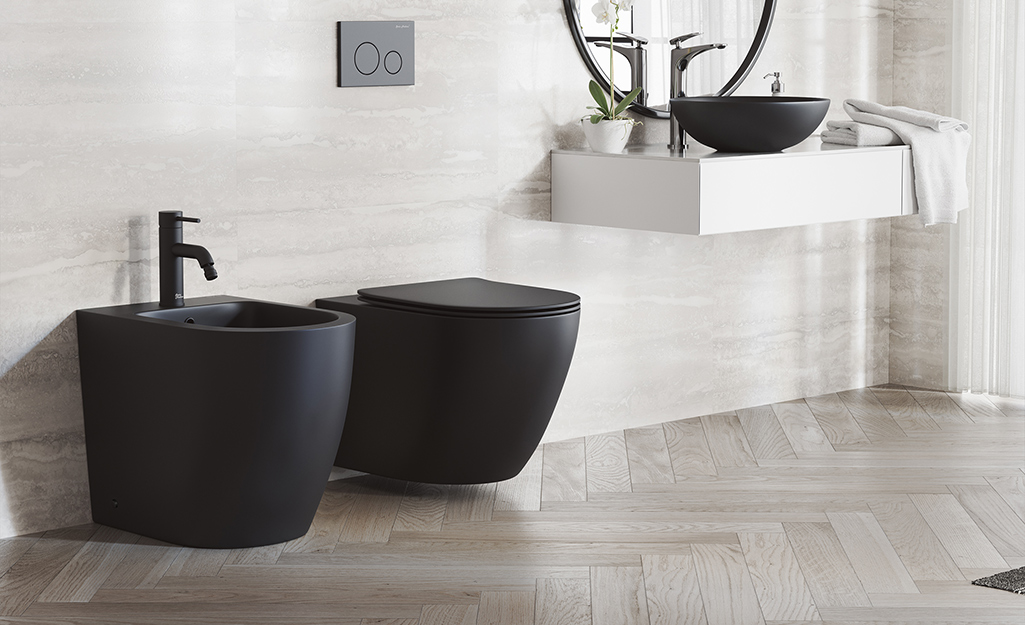
Toilet flush systems explained: An Insight for Tech Enthusiasts
Share
In the ever-evolving world of technology, even the most mundane household items are not exempt from innovation. One such item is the toilet flush system. Often overlooked, these systems represent a fascinating intersection of engineering, design, and environmental science. In this article, we will delve deep into the world of toilet flush systems, uncovering the technology behind them, their evolution, and the impact they have on our daily lives. For tech professionals and enthusiasts, understanding these systems is not just about appreciating their mechanics but also recognizing their role in water conservation and sustainable living.

The Evolution of Toilet Flush Systems
Toilet flush systems have come a long way from their rudimentary beginnings. The first flushing toilet was invented in the late 16th century, but it wasn't until the 19th century that they became a household staple. Today, we have a myriad of flush systems, each designed to address specific needs and challenges. From traditional gravity-fed systems to advanced pressure-assisted systems, the evolution of toilet flush technology is a testament to human ingenuity. As we explore these systems, it's essential to understand their mechanics and how they contribute to water efficiency.
Gravity-Fed Flush Systems
Gravity-fed flush systems are the most common type found in households. They operate using the force of gravity to move water from the tank into the bowl, effectively flushing waste away. These systems are renowned for their simplicity and reliability. However, they can be less water-efficient compared to more modern systems. For those interested in how low-flow toilets optimize water use, this system serves as a foundational understanding.
Pressure-Assisted Flush Systems
For tech enthusiasts, pressure-assisted flush systems present an exciting advancement. These systems use compressed air to push water into the bowl with greater force than gravity-fed systems. This results in more effective waste removal and reduced water usage. While they are noisier and more expensive, their efficiency makes them a popular choice in commercial settings. For a deeper dive into how these systems help in water conservation, check out high-efficiency toilets.
Smart Toilets: The Future of Flushing
As technology continues to integrate into our daily lives, smart toilets have emerged as a revolutionary concept. These toilets feature automated flush mechanisms, self-cleaning capabilities, and even connectivity to smart home systems. For tech professionals, the prospect of smart toilets offers an intriguing glimpse into the future of bathroom technology. They not only enhance user experience but also contribute to water conservation efforts. To learn more about optimizing water usage, consider exploring smart devices.
Environmental Impact and Water Conservation
With growing concerns about water scarcity, the environmental impact of toilet flush systems cannot be ignored. Modern systems are designed with water conservation in mind, utilizing less water per flush without compromising performance. For those interested in the broader environmental implications, the environmental impact of water-saving toilets is a crucial area of study. By choosing efficient systems, we can significantly reduce our water footprint and contribute to sustainable living.
Choosing the Right System for Your Needs
When selecting a toilet flush system, it's essential to consider factors such as water efficiency, cost, and maintenance requirements. For tech enthusiasts, the incorporation of smart features might also be a deciding factor. Exploring the top water-efficient toilet brands can provide valuable insights into making an informed decision.
Conclusion
In conclusion, understanding toilet flush systems is not just about appreciating their mechanics but also recognizing their role in promoting water conservation and sustainable living. As tech professionals and enthusiasts, delving into the intricacies of these systems reveals the intersection of technology and environmental stewardship. By making informed choices, we can contribute to a more sustainable future.

FAQ Section
What is the most efficient type of toilet flush system?
Pressure-assisted flush systems are generally considered the most efficient due to their ability to use less water while maintaining effective waste removal.
How do smart toilets contribute to water conservation?
Smart toilets often feature automated flush mechanisms that use only the necessary amount of water, reducing overall consumption.
Are low-flow toilets effective?
Yes, low-flow toilets are designed to use significantly less water per flush without sacrificing performance, making them an environmentally friendly choice.
This article contains affiliate links. We may earn a commission at no extra cost to you.
